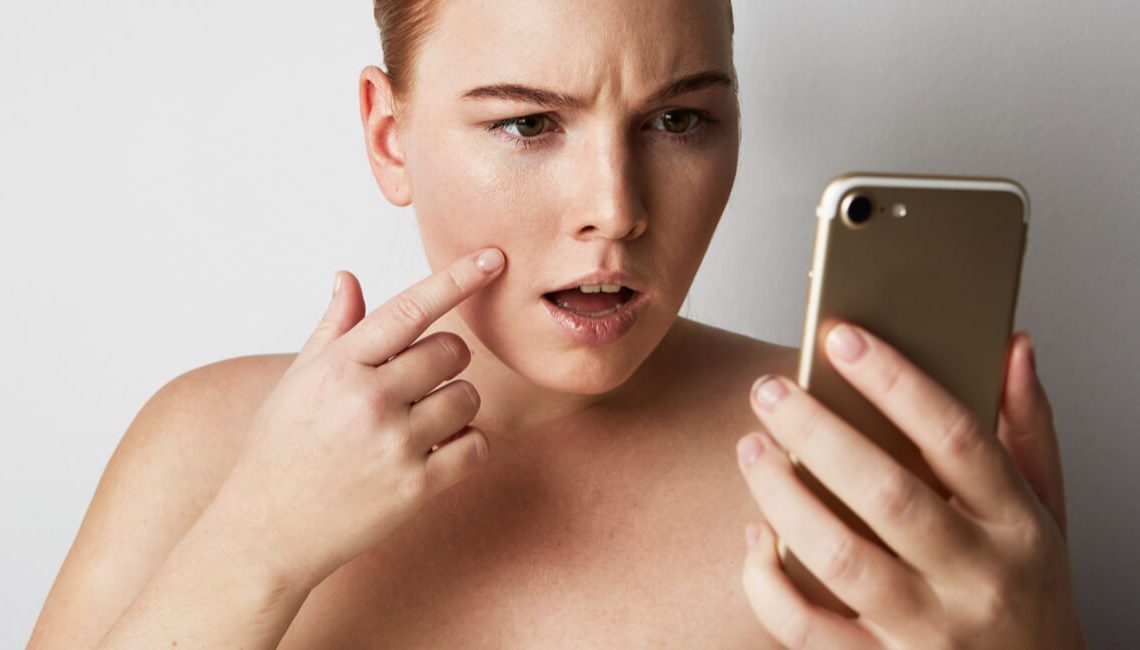
In the age of the selfie, it’s no surprise that long-distance dermatology appointments have also been invented. But if we want technology to be truly useful, we should learn to use it properly.
It is a well-known fact that dermatologists are the category of doctors who are most asked for advice on the wing and in the most diverse circumstances. If we do not act anonymously, we risk working for free in the most ridiculous places: in the street, in a lift, at the restaurant, on holiday (on the other hand, all they need is a quick look). And with the rise of the smartphone we are truly reachable in any place, at any time.
But is it actually true all you need for a diagnosis is a quick look? Absolutely not. Just remember there are currently more than 2000 recognized dermatological conditions and, in order to diagnose them, the dermatologist has a very limited number of “elementary lesions” (macules, papules, plaques, nodules, vescicles, bullae, pustules, etc.) at his disposal. That is to say that diagnoses are made depending on the type and on the configuration of the few available elementary lesions. Furthermore, it is paramount to know the patient’s medical history and whether he has other lesions is areas normally covered by clothes. Lastly, doctors require highly specific evaluation apparatuses such as a dermatoscope, epiluminescence microscope and ultrasound.
To make matters worse, when patients send their pics, there are other variables: is the detail depicted really the most important manifestation of the problem? What does the rest of the skin look like? What were the light conditions? And so on. In a very recent study performed by surgeons in Tennessee, the aim was to measure in what way the evaluation of a photo of a lesion influences a surgeon’s ability to diagnose complications, especially infections, of the surgical site by using an online monitoring system.
This simulation study showed that photos of the wound impaired both diagnostic accuracy and sensitivity of surgical site infections. Researchers concluded that wound photos made long-distance wound evaluation easier (which is useful for patients who live far from the surgical facility), but that other information and precautions are necessary to ensure critical conditions aren’t overlooked.
Photos taken by patients might not accurately describe the clinical stage of the disease. When it comes to skin conditions, long-distance evaluations can be useful not for diagnosing diseases, but to avoid excessively frequent follow-up appointments in a condition which is being monitored. For example, after a doctor diagnoses a condition in person, with all the necessary instruments, and prescribes appropriate therapy, he/she might recommend documenting the disease’s progression photographically.
Only send texts and photos when asked for; photos are better quality when taken in natural light conditions (avoid flashes and artificial lighting). Sending photos when not asked for might be the cause of misunderstandings or ambiguity, and could give the patient a false sense of safety while the person receiving them might not be in the conditions to look at them, evaluate them and provide an answer. Technology is making people closer, and that includes doctors and patients, but this vicinity must be exploited wisely. Most importantly, you want to avoid giving the impression of preferring the comfort of your couch to paying the cost of an appointment, or that you are insensitive to other’s moments of rest and vacation.
This is an era in which the role of the doctor risks losing value, due to a number of reasons of which precious few can be attributed to the patients themselves. Therefore, remember that a harassed, mistreated doctor risks being pushed over the edge of humane understanding and might just become less of an ally to you.
Article of Dr Adele Sparavigna for https://4me.styl


